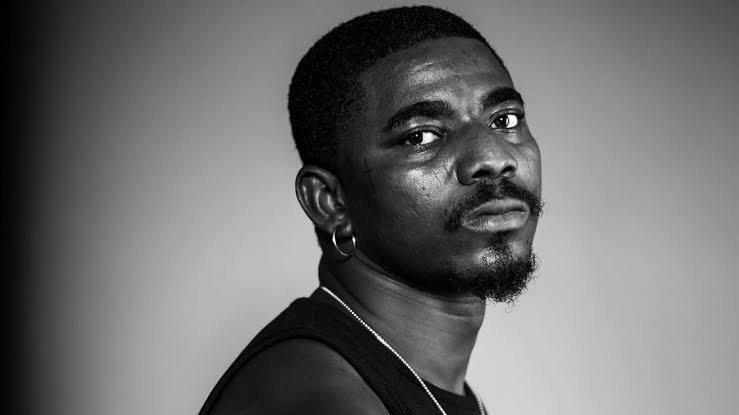By Ayorinde Williams
We live in a numbers-driven world. Artists are now being discovered through Spotify playlists, YouTube views, and TikTok trends.
But here’s the uncomfortable question:
When the hype dies down, will the fans still show up? Can those streams translate into ticket sales? Can those follows lead to action?
Because while data looks great in a pitch deck, it doesn’t always fill up a room. And in 2025, more artists are realising that digital success without real-life proof is a fragile thing.
Let’s be real: a million streams doesn’t mean a million fans. With playlisting, paid ads, and the blessing of algorithms, it’s easier than ever to rack up numbers. But ask artists who have gone viral and then struggled to sell 50 tickets. They’ll tell you the hype didn’t hold or they didn’t understand what their marketing team did.
Streams and likes don’t always mean love.
They mean the song played. Not necessarily that the person cared.
The question everyone, from labels to brands to investors, is asking is this: Can you convert attention into action?
Not “Do people know you?” But where are they?, hiw do they show up? and will they move when you say something? That’s the gap between audience and community. Between someone who follows you and someone who follows you into a venue, into a purchase, or into a partnership.
It’s not just about trending anymore. It’s about traction, conversion, and movement.
These are the four real-world filters people now use when deciding whether to bet on an artist:
Can You Convert Attention into Action?
Do you have a community or just a trend? Have you activated your base beyond a viral song? Before “Declan Rice” by Odumodublvck dominated the charts, he had already built a solid movement offline. Merch drops. Local shows. Word-of-mouth.
So when the music hit, there was something to hold it up.
Do You Know Where Your Fans Are (and Show Up There)?
City by city. Street by street. That’s what artists like Llona and his team understood early.
He didn’t wait to be booked; he booked himself.
He toured Nigerian universities like Federal University Wukari, Lead City University, and other locally integrated venues. He built his own map of real fans, reactions, and reach.
It wasn’t just for vibes. It was for leverage because when you can prove your pull, deals start to follow.
Have You Toured and Tested Your Voice in the Real World?
Online, everything is curated. But can you handle a faulty mic, a late crowd, and no backing track? That’s what builds artist muscle. That’s what long-term brands respect.
When Ayra Starr stepped onto the Glastonbury Pyramid Stage in 2024, she wasn’t just making a guest appearance; she became the first female Afrobeats artist to perform on that iconic stage. From performance precision to aesthetic choices, it proved she wasn’t just hype but calculated heat.
Do You Have a Tribe or Just a Timeline?
Can your fans move with you, not just tweet about you? The Cavemen didn’t blow off virality. They rose through community rituals: intimate gigs, fan chants, and word-of-mouth loyalty. You may not hear them trending every week, but they sell out every time.
In the old days, an artist could be scouted based off talent alone, or one hit could bring the deal. But that isn’t the case anymore.
In 2025, you have to prove more. Because today, data is just the invitation. Engagement is the RSVP.
So can you sell out the O2? Maybe not yet. But that’s not the point. The point is: Are you building the kind of artist muscle that makes it even possible? Are you focused on the slow growth that leads to real fans, not just followers? Are you more obsessed with audience building than vanity metrics?
Because in the end, data is cool. But if it doesn’t move people in the real world, it’s just numbers.


